- 864

- NorCal
- oppositelock27

SPECIAL ANNOUNCEMENT!
Tunismo, a Quick Tune based app by FlameFront Studios, is now available for Apple iOS! Check it out!
https://itunes.apple.com/app/tunismo/id914059793
http://www.tunismo.com/
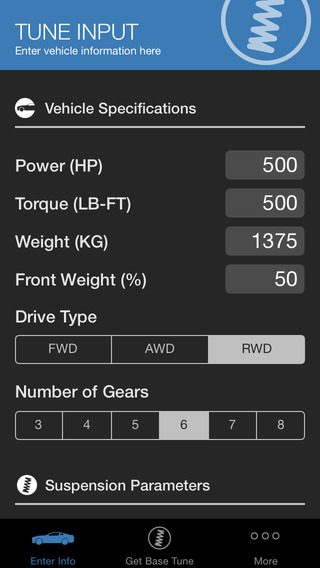
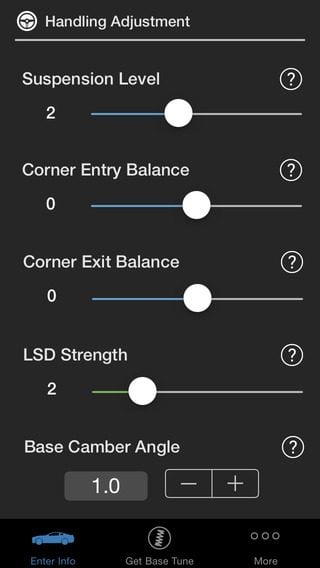
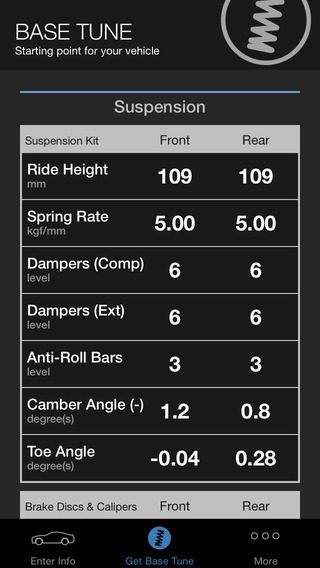
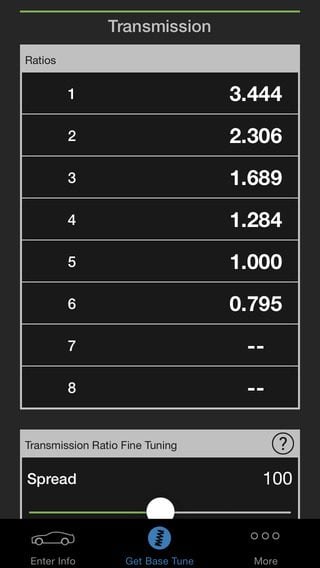
------------------------------------------------
Tunismo, a Quick Tune based app by FlameFront Studios, is now available for Apple iOS! Check it out!
https://itunes.apple.com/app/tunismo/id914059793
http://www.tunismo.com/




------------------------------------------------
Quick Tune is back! For those of you who are familiar with the previous GT5 versions, you should find the differences relatively minimal. For the new people, I will go into a bit more detail below. Let's get started...
Spreadsheet Download Link:
New! http://www.mediafire.com/download/ti66vq4zvdtrwm6/GT6QUICKTUNE-v4.3.xls
(Old) http://www.mediafire.com/download/qrndw7qxi2i42n8/GT6QUICKTUNE-v4.2.xls
(Old) http://www.mediafire.com/download/o3ed8t0s8t8wh1a/GT6QUICKTUNE-v4.1.xls
(Old) http://www.mediafire.com/download/6tyatsi1i4ey0gn/GT6QUICKTUNE-v4.0.xls
If you're having problems opening it, try downloading OpenOffice here: http://www.openoffice.org/
Full disclosure: This tuning sheet was created using a DS3 in offline mode. I am not an expert in either tuning for steering wheels or for online mode. In fact, I might not be an expert at tuning in general. It is my hope that the built in adjustments will allow Quick Tune to be equally effective for everyone. As always, it is a work in progress, and your feedback is critical.
The Vehicle Specifications and Suspension Parameters fields should be fairly self-explanatory. You can find this information in the vehicle settings screen. Default spring rate refers to the default spring settings for the fully adjustable suspension kit.
Suspension Level is your primary suspension adjustment and is responsible for overall suspension stiffness. Increasing this value will lower the ride height and raise the spring rates, dampers, and anti-roll bars in unison. Which setting should you use? Factors to consider:
- Weight: Heavier cars will need harder suspension than lighter cars.
- Tires: Cars with high grip tires will need harder suspension than cars with low grip tires.
- Aerodynamics: Cars with high downforce will need harder suspension than cars with little or no downforce.
- Overall vehicle balance: On cars with a tendency to understeer, a softer suspension can induce enough destabilizing body roll to help rotate the car into a corner. In my testing, cars with a tendency to oversteer seem to prefer harder suspension to reduce unwanted body motion and enhance predictability. Your results may vary.
- Road surface: Although not necessary, you may wish to use softer suspension on bumpy courses and harder suspension on smoother tracks.

Balance is for making small adjustments to the handling characteristics. New for v4.0, this has been separated into Corner Entry and Corner Exit. Entering a positive number results in more oversteer and/or less understeer, while entering a negative number results in more understeer and/or less oversteer. Altering either box will result in minor changes to ride height, spring rate, toe and aerodynamics if applicable. Rear LSD initial torque, LSD deceleration and brake bias are only affected by the entry value, while camber and AWD torque split are only affected by the exit value. Dampers, anti-roll bars, front LSD initial torque and LSD acceleration are not affected by either setting. Range is from -3 to +3. Default setting: 0
Base Camber Angle is used to increase or decrease the front and rear camber angles in unison. As GT doesn't provide us a proper tool for adjusting camber i.e. a tire pyrometer, choosing a good camber setting is very much a trial and error process. Generally speaking, a heavy car with soft suspension and soft tires will need more camber than a light car with hard suspension and hard tires. Default setting: 1.0
LSD Strength provides for various levels of LSD lock. A higher value will increase overall lock, while a lower value will decrease it. The exact effect this setting may have on how the car drives depends very much on the vehicle itself. Although you may enter any value between 1 and 6, it is recommended to stay between 1 and 4 for maximum compatibility. Using 5 or 6 may cause some outputs to go out of allowed adjustment range, in which case the numbers will turn red. Default setting: 2

The Transmission Spread feature allows you to move the transmission gear ratios closer together or further apart. Entering a value less than 100% will result in closer ratios and entering a value greater than 100% will result in wider ratios. If you're having trouble fitting the suggested ratios into the allowable range, this feature can be used to correct this. Default setting: 100%
The Transmission Scale feature multiplies all gears by the same amount without altering the spread. The effect is similar to changing the final drive. Entering a value less than 100% will result in taller (numerically lower) ratios and entering a value greater than 100% will result in shorter (numerically higher) ratios. This feature is also useful for fitting the ratios into the allowable range. Default setting: 100%
For a complete step-by-step demonstration on fitting gear ratios and selecting a final drive, please jump to the following post:
https://www.gtplanet.net/forum/showthread.php?p=5889327#post5889327

The Aerodynamics calculation is intended for use with race and tuner vehicles. It is not designed to work on road cars with the GT Auto wing kit. It is also intended for circuit use, and thus will result in very high downforce settings, usually the maximum allowed both front and rear. If top speed is a concern, you will want to manually adjust it to your liking.
The Power Measurement option is used to alter the expected power entry in the Vehicle Specifications field to your regional standard. You may choose between mechanical horsepower (HP), kilowatts (KW), or metric horsepower (PS). Default: HP
The Torque Measurement option is used to alter the expected torque entry in the Vehicle Specifications field to your regional standard. You may choose between kilograms force per meter (KGFM), pound feet (LB-FT), or Newton meters (NM). Default: LB-FT
Due to various forum debates about "backwards" settings I've decided to include the Invert Front/Rear Roll Resistance feature for those who subscribe to this theory. This feature has two effects. First, it flips the anti-roll bar output. Second, it reverses the effect of the balance function on spring rates. Note that this will not affect the spring rates if the balance is at 0 as they will still be extrapolated from the defaults. Enter "N" for normal or "Y" for reversed. Default setting: N
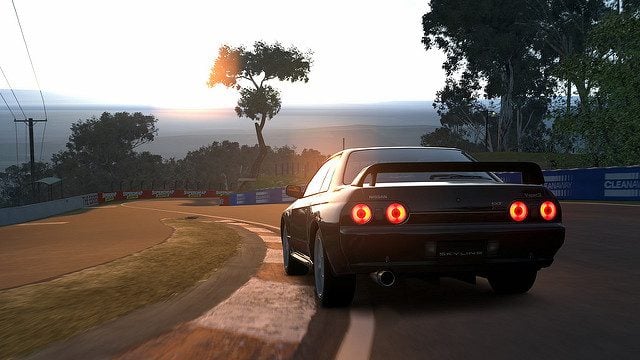
That's it for now. Please report any bugs, problems or issues you encounter. Also, creating a tune based solely on four vehicle specifications means it will be naturally more effective on some cars than others. It helps me to know which cars it works well on and which ones it doesn't. The more specific the suggestion, the more likely I can fix it in future revisions.
Thanks,
- B
Last edited:

 DUMMY I AM!
DUMMY I AM!
